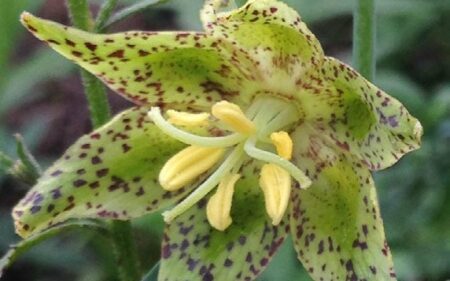Home Gardening in a Dry Year
Properly watering your freshly installed plants is key to their long-term survival.The first watering is critical and one of the only times you can’t overwater a native plant. After planting your plant in the ground, build an irrigation berm about 1 foot around the plant’s drip line and generously soak it. I leave a hose in there on low so the water never crests the berm for at least 15-20 minutes. The idea is to get that water to go deep with the roots soon to follow.
After that first soaking, you can take down the irrigation berm so the plant won’t remain soggy. If it continues to be a dry year, you can continue to water the plant 1 or 2 times a week.The best way to water is by mimicking natural rain fall with micro emitters or low volume sprinklers with the water falling on the drip line of the plant. Let the top inch or two of soil dry out before watering again. After the first 3 months start to water less but with deeper watering. Once the plant doubles in size it will be fairly established. For the first year, check the soil down about an inch or two, once a week. If it’s dry, water it to 18 inches deep. If it’s moist, don’t water it.
Until the plants natural leaf litter creates an ideal mulch underneath your new plant, you may want to add some kind of mulch around the drip line as well.Don’t let the mulch get up around the crown or stem of the plant and don’t add too much. Just a light layer of mulch is fine until the natural leaf litter accumulates.Adding a few rocks, stones and gravel around the base is also a good idea. After the first year of watering and your plant has doubled in size, you should be able to ween it off artificial watering altogether.If you do add supplemental water, always water within the months of November through April.

Visit our Water Wise Home Demonstration Garden to learn more about planting for drought tolerance
A majority of the native plants you will find in this section are also available for sale in our Nursery, making it a great area to stroll and get ideas for plantings in your own home garden!
Though most California native plants can be considered drought tolerant and water wise – due to long, dry summers and brief, wet winters – the plants featured here in our display were specifically selected by our horticulture staff for their ease of care and maintenance, for their hardiness and adaptability to many conditions and soil types, and of course for their low water requirements.
 Donate
Donate




